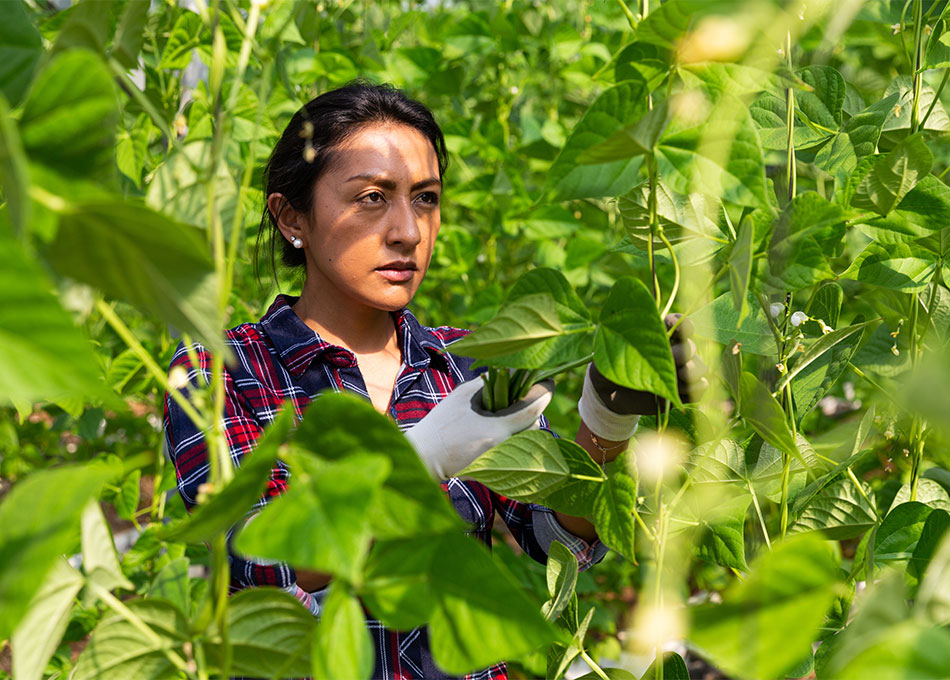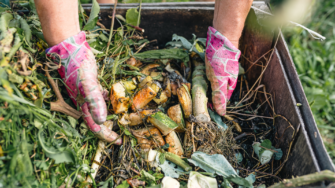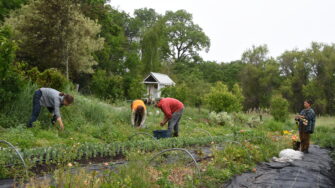Carbon Drawdown
Combining nature and technology to pull past climate pollution out of the atmosphere

To stabilize our climate, scientists agree that we must pull past climate pollution out of the atmosphere in addition to cutting emissions. The Climate Center works to ensure that emerging drawdown strategies are deployed responsibly while also advancing nature-based solutions that improve community health, increase food and water security, and support wildlife. Carbon Dioxide Removal (CDR) strategies span across the natural processes in our oceans and forests to technological methods that filter carbon dioxide from the air and enhance carbon sequestration in rocks.
These CDR strategies are at various stages of development and deployment, highlighting the importance of stringent government regulation and meaningful community engagement as these technologies develop and scale up. Moreover, it is imperative that CDR does not replace direct emissions reductions. Our reliance on CDR is directly related to our decarbonization efforts. The more emissions we reduce now will also minimize our reliance on CDR in the future.
Nature-based Climate Solutions
We work with advocates, state agencies, elected officials, and other leaders to scale up natural carbon sequestration in California. Nature-based climate solutions — like climate-beneficial agriculture and land restoration — are a key part of California’s climate mitigation strategy that also support clean air and water, sustain a thriving agricultural economy, combat worsening drought, and create resilient, healthy communities.
In April 2024, California unveiled exciting, new targets for nature-based climate solutions. These targets were established per AB 1757 (C. Garcia), signed into law in 2022 thanks to The Climate Center’s collaborative leadership. Over the next 20 years, California will work to realize these 81 new targets to transform more than half of its 104 million acres into healthier, climate-resilient, and carbon-sequestering landscapes, spanning farms, ranches, forests, grasslands, wetlands, and urban areas.
Carbon Dioxide Removal
The call for Carbon Dioxide Removal (CDR) technologies grows stronger as new analyses find that the world is behind pace to meet the Paris Agreement targets for limiting global average temperature rise below 1.5 degrees Celsius. CDR is already integrated into California’s plan to meet its 2030 and 2045 climate goals: the 2022 Scoping Plan from the California Air Resources Board has a target of 7 million metric tons of CDR by 2030, and 75 million metric tons of CDR by 2045.
Our focus is ensuring that emerging CDR strategies are deployed with input from frontline communities to maximize their benefit for people and the environment, and to ensure that CDR deployment does not replace the urgent need to directly reduce climate pollution.





